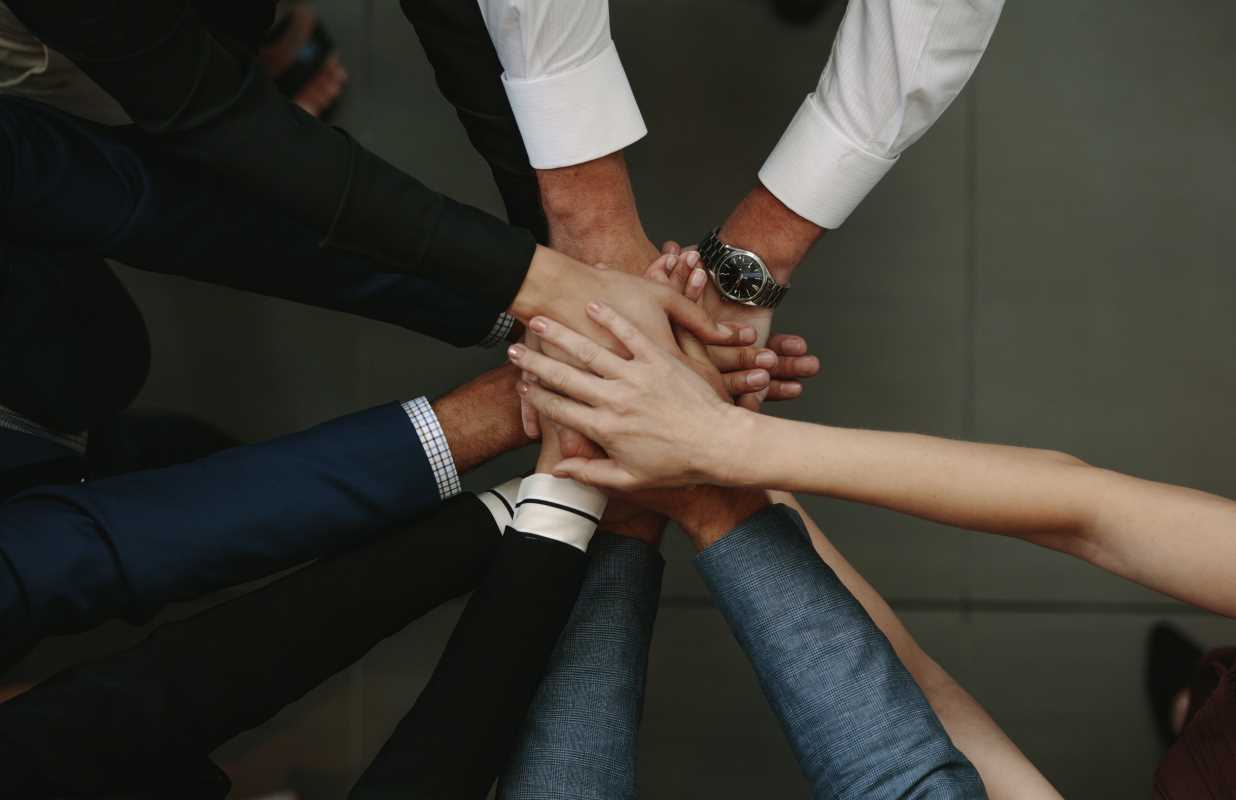Have you ever wondered what it takes to cultivate strong and successful business partnerships? Building and maintaining fruitful relationships with other companies is crucial for the growth and success of your own business. From trust and communication to mutual benefits and shared goals, there are key strategies that can help you foster strong and lasting partnerships. Let's explore some of the best practices for building successful business relationships.
Collaboration and Open Communication
One of the fundamental pillars of a strong business partnership is collaboration and open communication. By working together towards common goals, sharing ideas, and addressing challenges openly, you can build trust and mutual respect with your partners. Regular and transparent communication is essential for resolving conflicts, making decisions, and ensuring that both parties are aligned on objectives and expectations. This collaborative approach lays the foundation for a strong and enduring partnership.
Mutual Benefit and Value
Another essential strategy for building successful business partnerships is to focus on mutual benefit and value. Both parties should derive value from the partnership, whether it's through shared resources, expertise, or access to new markets. By understanding each other's needs, goals, and challenges, you can identify opportunities for collaboration that create mutual benefit and drive growth for both organizations. A partnership built on mutual value and benefit is more likely to be sustainable and successful in the long run.
Trust and Reliability
Trust is a crucial element in any partnership, especially in the business world. Building trust with your partners involves demonstrating reliability, integrity, and a commitment to your shared goals. Trust is earned through consistent communication, delivering on promises, and being transparent in your dealings. When both parties trust each other, they can work together more effectively, overcome obstacles, and navigate challenging situations with confidence. Trust forms the cornerstone of a strong and enduring business partnership.
Strategic Planning and Alignment
Successful business partnerships are strategic in nature, requiring careful planning and alignment of goals and objectives. Before entering into a partnership, it's essential to clearly define your objectives, expectations, and success metrics. By aligning your strategic priorities and ensuring that both parties are committed to the same goals, you can create a solid foundation for a successful partnership. Regularly revisit and refine your strategic plans to adapt to changing market conditions and opportunities for growth.
Flexibility and Adaptability
In the dynamic and ever-changing business landscape, flexibility and adaptability are key characteristics of successful partnerships. Business environments evolve, trends shift, and unexpected challenges arise, requiring partners to be agile and adaptable in their approach. By remaining flexible and open to new ideas, opportunities, and ways of working, you can navigate change more effectively and capitalize on emerging trends. A flexible and adaptable mindset is essential for maintaining a strong and resilient partnership.
Continuous Learning and Improvement
The journey to building a strong business partnership is a continuous process of learning and improvement. It's essential to reflect on your successes and challenges, seek feedback from your partners, and continuously strive to enhance your collaboration. By investing in ongoing learning and improvement, you can strengthen your partnership, identify new opportunities for growth, and overcome obstacles more effectively. Embrace a growth mindset and a commitment to continuous learning to drive success in your business partnerships.
In conclusion, building strong business partnerships requires a combination of collaboration, communication, trust, strategic planning, flexibility, and continuous improvement. By following these best practices and strategies, you can cultivate successful relationships with your partners, drive growth and innovation, and achieve shared goals. Remember that successful partnerships are built on mutual respect, trust, and a shared commitment to excellence. By focusing on these key elements, you can set your business up for long-term success and sustainable growth in a competitive marketplace.
 (Image via
(Image via





